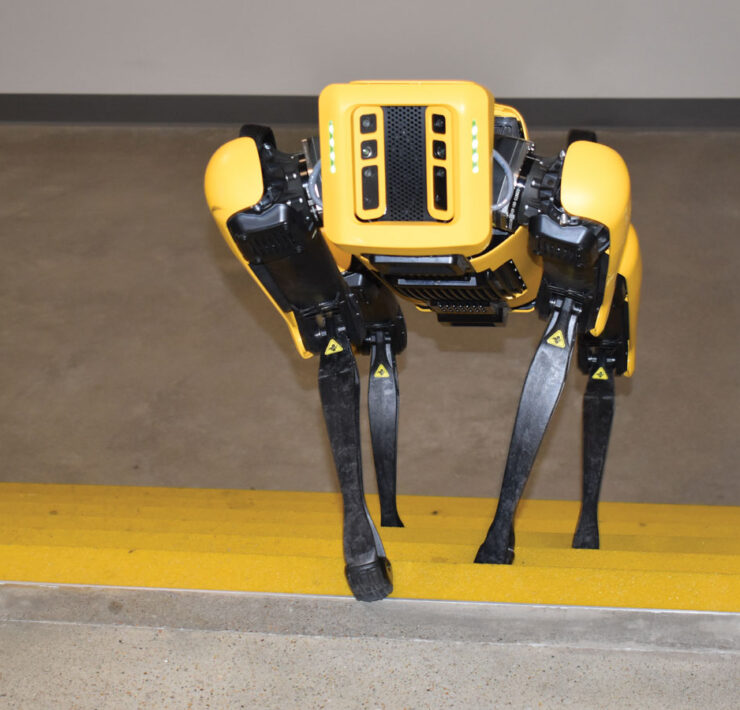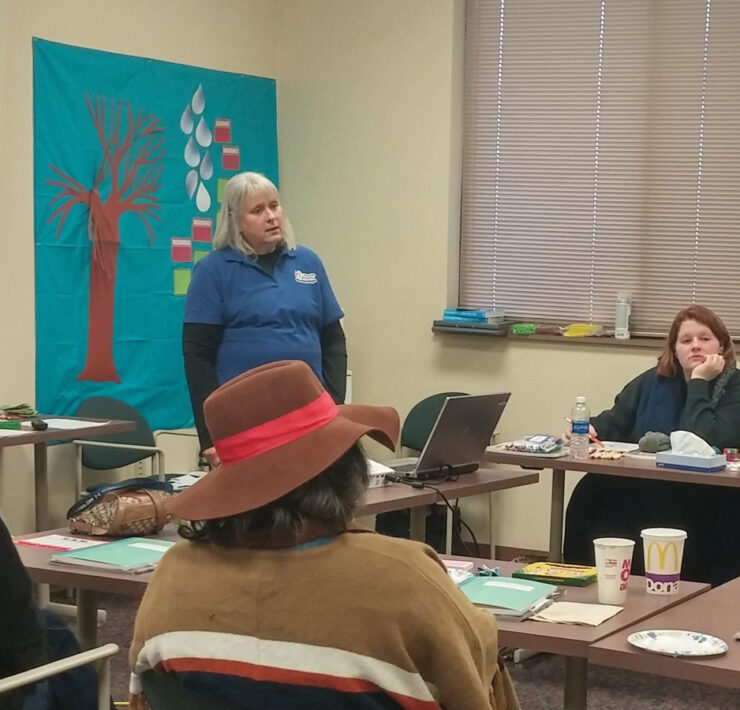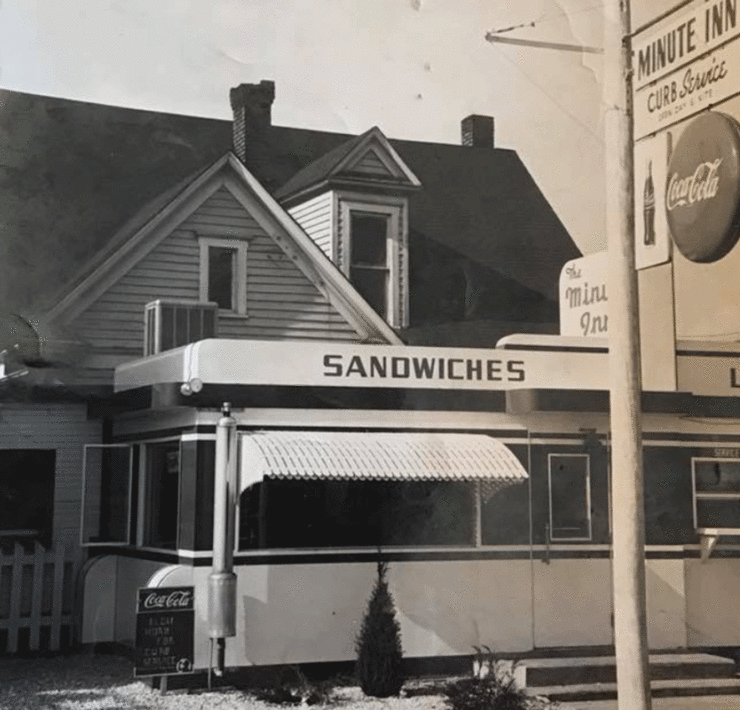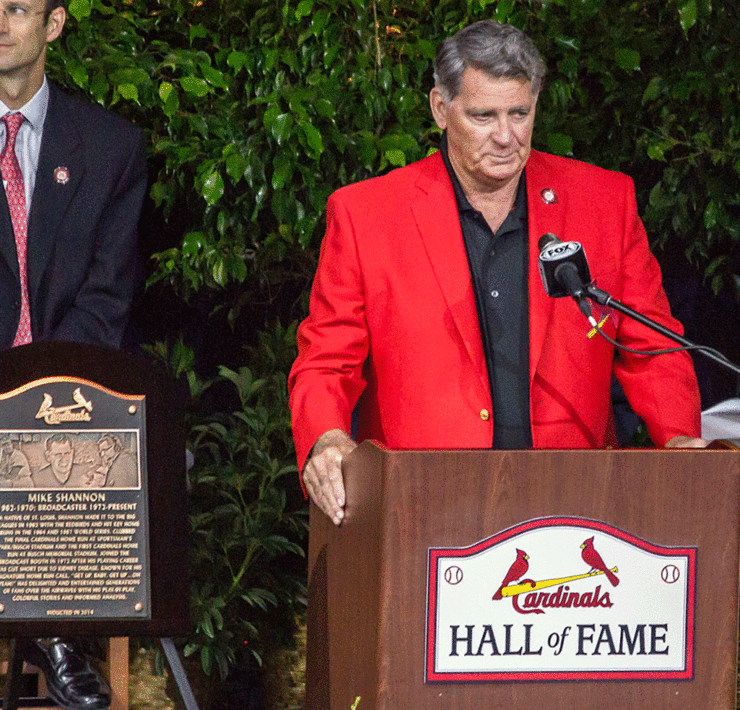Patented tech in town
When most people think of inventors, the image that comes to mind is a Doc Brown or Wayne Szalinkski decked in a white lab coat and wearing/using/driving some laser-and-light-clad contraption to travel through time or shrink their children.
But inventors and innovations, much like any other profession, come in plenty of shapes and sizes. Throughout Columbia, there are inventors with handfuls of patents for guns and construction gadgets and people with patents for multi-million-dollar high-tech 3-D printing technology.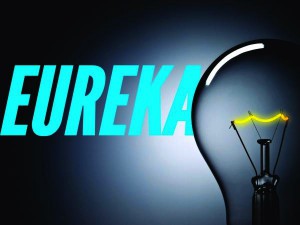
“Having MU definitely makes our region different from others,” says Chris Fender, director of the University of Missouri’s Office of Technology Management and Industry Relations. “It’s a more knowledge-based economy.”
Matt Kitzi, a partner at Armstrong Teasdale who hopes to bring the Jefferson City-based law firm’s expertise to Columbia, believes that what really makes mid-Missouri stand out is the ever-increasing access to innovative tools. Examples include advances in and access to software and other creative tools, as well as the creation of three incubators and the advent of 3-D printing.
“For example, the high school in Fulton has a 3-D printer,” he says, “and that’s giving folks with a variety of backgrounds and experiences the ability to make things, in many cases, for the first time.”
Whether it’s a matter of an invention’s success, interest or simply its strangeness, the CBT has collected a list of some of Columbia’s coolest inventions — and a resource to guide any budding innovators from a eureka moment to a patent protecting a fresh idea.
Determine if your idea is patentable
Fender’s department at MU always begins here. After a researcher makes a discovery, he or she must file an invention disclosure, which Fender’s department must review to determine patentability. The idea must be novel, useful, nonobvious to someone skilled in that industry and re-creatable. Fender’s department also looks out for commercial viability.
Out of 80 to 100 invention disclosures each year, only 50 or 60 get filed for a patent. In the case that MU will not file a patent application, it can waive its right to that technology and allow the inventor to pursue a patent on his or her own, though this has only occurred a handful of times.
“Most people don’t have the time or the resources to do it on their own,” Fender says. “We also give them all the reasons why the invention isn’t a good candidate for a patent…then they’re usually not interested in pursuing it on their own.”
Additionally, you would need to decide what type of patent application to file: plant, design or utility. Most patents fall within the utility category; in fact, in Fender’s time with MU, he can recall only one plant patent and not a single design patent. In total, design and plant patents account for less than one-fifth of all applications, according to the USPTO.
Conduct a search
Search the USPTO website yourself, or hire a lawyer to conduct a search for you. Either way, that preliminary search could save you a lot of money in application and lawyers’ fees in the long run.
Consider hiring a lawyer
Although the USPTO graphic outlining the patent application process states that a person can file their application themselves, even the USPTO recommends hiring a patent attorney. Kitzi and Fender feel the same way.
“Having that expertise makes your patent application as strong as possible,” Fender says.
Kitzi says having people who not only understand your industry but also understand patent law is an asset to a solid application. With lawyers from General Electric, Boeing and MasterCard, Kitzi says Armstrong Teasdale provides both.
File early
In March 2013, the USPTO transitioned from a system in which the first person to utilize a technology had the first rights to patent such a technology to a system in which the first to file for a patent has those rights.
“I could have a website, a lab notebook and 10 priests willing to swear I’ve been using a technology my whole life, but [under the new system] someone could swoop in and get a patent on my idea,” Kitzi says.
With two ways to file, there’s no reason to wait on protecting a good idea. If the idea isn’t quite fleshed out yet, consider a provisional patent.
“A non-provisional application is very complex; there are figures, drawings, schematics to help you explain your project,” Kitzi says. “A provisional application could be as rudimentary as dumping your lab notebook into an application — but at least that gets it on file.”
Not that “dumping” is what Kitzi suggests; a patent is more likely to be approved if it’s clearly expressed. However, filing early is an important aspect under the new laws.
For MU researchers, provisional patents play a significant role.
“[The researchers] want to publish their findings because that means research funding,” Fender says. But the second they do, that knowledge is in the public domain and has been previously described — two quick reasons for a rejection from the USPTO.
“Provisional patents allow us to patent quickly, even if they go to a conference or meeting and present their idea or publish their findings,” Fender says.
Get the details — in writing
“You have to think about what if your partner gets married and divorced?” Kitzi says. “Does his [spouse] become a co-owner? What if you talked to someone about funding your idea: How can you protect it?”
He recommends getting the details laid down early and using formal documentation (such as a nondisclosure agreement) when possible.
“That also shows that you’re credible, sophisticated and professional,” he adds.
Define your patent broadly
“You don’t want a thin, narrow patent,” Kitzi says. He recommends trying to patent your invention as broadly as possible to be able to defend against many competing claims.
“The patent office cuts away to the very heart of it,” Fender says.
Be prepared to wait
“One thing people find most surprising is how long it takes to get a patent,” Fender says. “The number of filings is increasing exponentially over the years, and there’s no automated way to review these.”
Just since 2000, the number of patent applications submitted has increased from around 315,000 to more than 575,000 in 2012, according to the USPTO.
“Even when you hear back, it’s not stamp granted, done and go,” Fender says. “There’s still a long conversation that needs to happen.”
Be prepared to pay
Patents aren’t cheap. The filing fees are hundreds of dollars, the issue fees are more than $1,000, and the three mandatory maintenance fees add up to nearly $12,000. Those costs, however, will be changing Jan. 1, 2014: some increasing, others decreasing.
Additionally, Kitzi estimates that the lawyers’ fees for a relatively simple patent — for example, a new type of folding chair — might range anywhere from $5,000 to $12,000. A more complex, sophisticated patent, though, would likely be more expensive.
Be prepared for rejection
“Everyone gets rejected,” Fender says. According to the USPTO, a little more than half of all applications are eventually approved.
“And you even have to give them the ammo they need to shoot down your patent,” Fender adds. “A lot of people don’t want to have to defend their ideas so hard, so that’s a big barrier.”
Be prepared to enforce it
“Before you apply for a patent, ask yourself if you’d be willing to enforce it,” Fender suggests. Some ideas, he says, are more difficult to defend. Methods, for example, can be patented, “but competitors might be able to change one small thing and get away with it.”
“You might be better off keeping it as a trade secret and outperforming your competition in the marketplace,” he says.
Think small
Even protecting logos and trademarks is a matter of intellectual property. For example, Kitzi recalls a client he has in the creative design industry.
“They had a very fanciful name and brand, but it wasn’t protected,” he says. “[Protecting your intellectual property] is not always a eureka moment and a light bulb going off.”
COLUMBIA’S COOLEST INVENTIONS
No. 8,241,905
“[This technology] is foundational in establishing the ability to use 3-D printing technology for biological structures,” Fender says. As with any other MU researchers’ discovery, the curators of the University of Missouri are one of the assignees. But the company utilizing this technology is Organovo, which is now publicly traded on the New York Stock Exchange with an estimated market cap of more than $550 million, according to Fender.
Inventors Gabor Forgacs, Karoly Jakab and Adrian Neagu are based out of Columbia, and the fourth inventor, Vladimir Mironov, is based out of Mount Pleasant, S. C.
No. 5,840,737 et. al
Quinten Messbarger, vice president of the Missouri Innovation Center, considers this patent family to be “one of the most lucrative patents coming out of MU.” It is used in the over-the-counter product Zegerid, which aims to relieve heartburn symptoms.
Invented by Jeffrey Owen Phillips, the first patent was issued in 1998 and does not expire until July of 2016, but five subsequent related patents have since been issued.
No. 61/835,253 (provisional)
Although this patent is still provisional, the research at MU continues to look promising. This invention was born from initial research into space propulsion applications. Called a piezo electric transformer, it’s similar to X-ray machines used in dentists’ offices but is much smaller and uses less power. In fact, it’s portable and battery powered.
The technology has applications for medical imaging in developing countries, places where electric power has been wiped out due to natural disasters or rural areas where the inexpensive technology is more accessible, according to inventor Scott Kovaleski. “It could also be used to do imaging for suspicious packages or X-ray imaging of welding or casting in a factory.”
The product’s other inventors include Brady Gall, Andrew Benwell and Peter Norgard.
No. 7,695,450 et. al.
These hemodialysis catheters are sold by Covidien but were invented in Columbia by Zyblut Twardowski, John VanStone and Kirt Nichols.
“One difficult aspect [in patent searches] is that any successful product is usually covered by many patents that form a patent family,” Fender says. This is one such example of a patent family that jointly protects Covidien’s products.
No. D623,385 (design)
Inventors Brynne and Bailye Stansberry of Columbia and Brittany Comstock of Moberly received a design patent for the clear plastic boots with interchangeable liners the team has been selling since earlier this year.
The patent was filed in June 2009 and was granted in September 2010.
No. 8,297,706
Pack Matthews’ Soul Seat is a type of ergonomic chair that allows users to sit in multiple yoga postures while at work. “Its two-level design adjusts to the flexibility of the user, effectively bringing floor sitting up to the height of desk work,” says Matthews, who is the sole inventor.
The patent application was filed in September 2009 and granted in October 2012.
No. 7,695,450 et. al.
These demodialysis catheters are sold by Covidien but were invented in Columbia by Zyblut Twardowski, John VanStone and Kirt Nichols.
“One difficult aspect [in patent searches] is that any successful product is usually covered by many patents that form a patent family,” Fender says. This is one such example of a patent family that jointly protects Covidien’s products.
No. D623,385 (design)
Inventors Brynne and Bailye Stansberry of Columbia and Brittany Comstock of Moberly received a design patent for the clear plastic boots with interchangeable liners the team has been selling since earlier this year.
The patent was filed in June 2009 and was granted in September 2010.
No. 61/835,253 (provisional)
Although this patent is still provisional, the research at MU continues to look promising. This invention was born from initial research into space propulsion applications. Called a piezo electric transformer, it’s similar to X-ray machines used in dentists’ offices but is much smaller and uses less power. In fact, its portable and battery powered.
The technology has applications for medical imaging in developing countries, places where electric power has been wiped out due to natural disasters or rural areas where the inexpensive technology is more accessible, according to inventor Scott Kovaleski. “it could also be used to do imaging for suspicious packages or X-ray imaging of welding or casting in a factory.”
The product’s other inventors include Brady Gall, Andrew Benwell and Peter Norgard.




